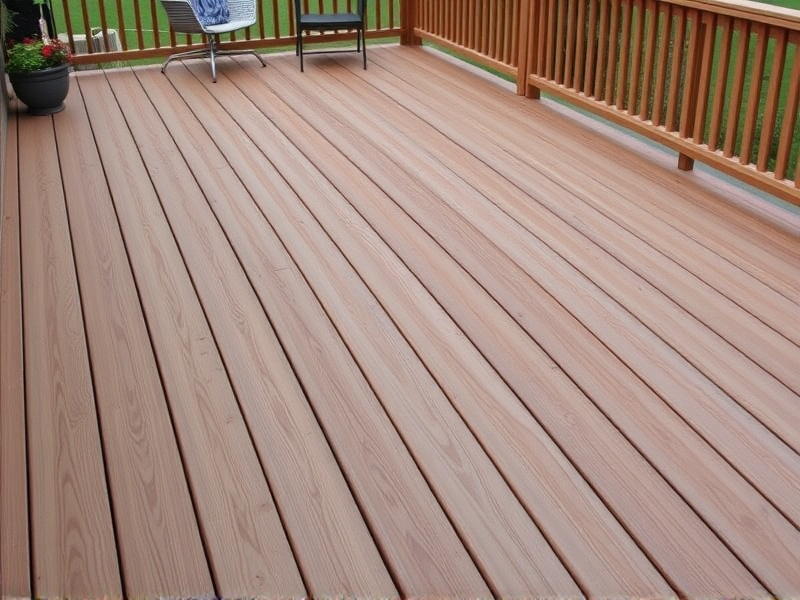Our Location
304 North Cardinal St.
Dorchester Center, MA 02124
Discover how choosing the right type of composite decking can contribute to sustainability by reducing waste and conserving natural resources.

In recent years, the demand for eco-friendly building materials has surged, with composite decking being a popular choice for outdoor spaces. Unlike traditional wood decks that require frequent maintenance and can degrade over time, composite decking is designed to be more durable and resistant to moisture, insects, and rot. However, it’s essential to examine the environmental impact of different composite decking materials, including their production processes, recyclability, and overall lifecycle impact. This article explores the key factors influencing the sustainability of various types of composite decking.
Composite decking is made from a combination of wood fibers and plastic, typically recycled high-density polyethylene (HDPE) or polypropylene. The manufacturing process involves mixing these materials under high pressure and temperature to create durable boards. While this process reduces waste by using recycled plastics, it also consumes significant amounts of energy and emits greenhouse gases. For instance, the production of virgin plastic used in some composites can contribute to carbon emissions. However, manufacturers like Trex and TimberTech have made efforts to reduce their carbon footprint through efficient manufacturing processes and sourcing renewable energy.
One of the key advantages of composite decking is its potential for recycling at the end of its life cycle. Many composite decking products are now designed with recyclable materials, allowing them to be repurposed rather than ending up in landfills. Companies such as Trex actively collect used composite decking to recycle into new products, reducing waste and conserving resources. Nevertheless, the recycling process itself requires energy and can involve complex logistics, which may limit the effectiveness of recycling programs.
When considering the overall lifecycle impact of composite decking, it’s crucial to weigh its benefits against its drawbacks. On one hand, composite decking lasts longer than traditional wood decks, requiring less frequent replacement and maintenance. This longevity reduces the need for raw materials and lowers the environmental burden associated with frequent replacements. On the other hand, the initial production and disposal phases of composite decking can have significant environmental impacts. Therefore, consumers should carefully evaluate the long-term sustainability of their choices and consider factors such as product durability, manufacturer practices, and end-of-life options.
While different types of composite decking offer numerous environmental benefits, they also present challenges related to production, recycling, and lifecycle impact. By choosing products from manufacturers committed to sustainable practices and considering the entire lifecycle of the decking material, homeowners can make more environmentally conscious decisions. As the industry continues to evolve, innovations in material science and manufacturing processes will likely further enhance the sustainability of composite decking options.